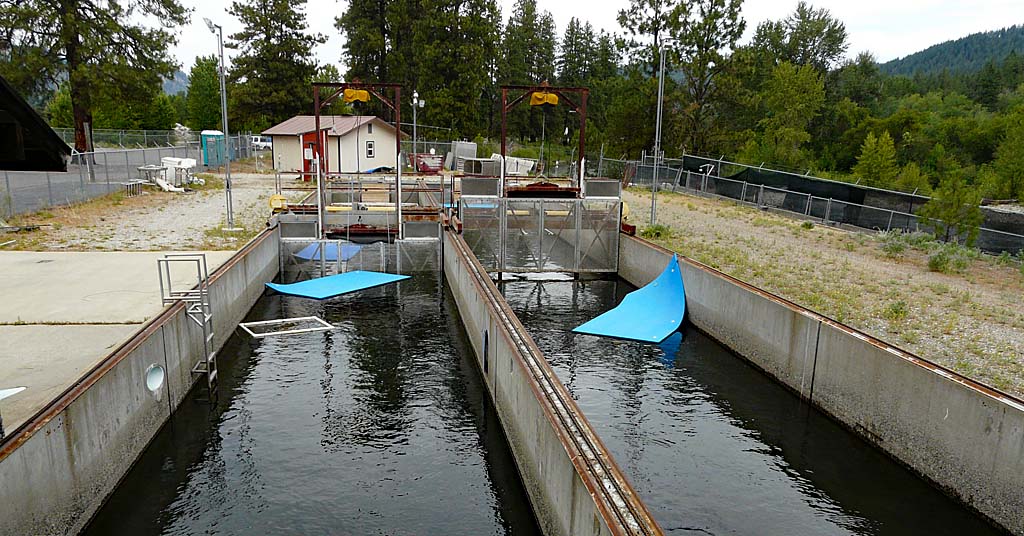Pacific Northwest wheat farmers expect below average yields
Published 5:30 am Tuesday, July 25, 2023
Pacific Northwest wheat farmers expect “slightly below-average” yields as harvest gets underway, industry leaders say.
Wheat stands were strong heading into the summer, but conditions have been hot and dry over the past month, said Amanda Hoey, Oregon Wheat CEO.
Trending
“That will mean that some wheat producers fare fine, and others have a challenging year in relation to individual yields,” Hoey said. “We are not expecting to see anything like the big challenges we saw in 2021, though, which had severely reduced yields for the state.”
Oregon’s harvest was roughly 20-25% complete the week of July 17, Hoey said.
Less than 10% of Washington’s winter wheat is cut, said Casey Chumrau, executive director of the Washington Grain Commission.
Early harvested wheat showed higher than average protein and below-average yields, she said.
Harvest was just beginning in the lowest elevations of Idaho, said Britany Hurst Marchant, executive director of the Idaho Wheat Commission.
“(We) are a few weeks out before we will be in the full swing,” she said.
Trending
The first official crop quality reports from samples are expected shortly, Hoey said.
She pointed to dry conditions in many areas in Oregon.
“Some unexpected spots received rain that gave a little boost, but for areas that did not, it did add stress to the crop,” she said.
The industry expects higher protein levels for the 2023 crop compared to last year, Hoey said.
Higher protein wheat is good for products such as crackers, but detrimental for most soft white products such as cookies or cakes. Many overseas markets have long-established maximum protein specifications for soft white wheat.
Factors to consider, Hoey added: Oregon’s acreage increased, largely in regions where proteins tend to be lower, and higher carryover from 2022, which was a high-quality, low-protein year for soft white wheat.
As harvest shifts into the Palouse region, there are reports of lower protein in Washington. It will still be some time before the crop average is clear, Chumrau said.
“Protein is certainly something the industry is watching closely,” she said.
The industry has already begun segregating by various protein levels to meet customer specifications, she said.
“I agree with Amanda — there are many challenges this year but it will be better than 2021,” Chumrau said.










